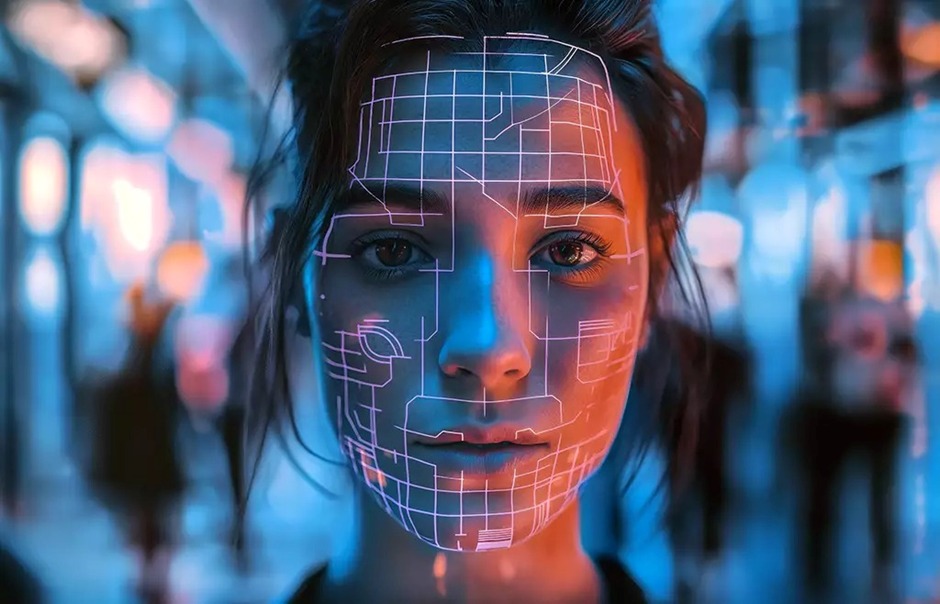AI isn’t just changing the world—it’s helping scam it. In the first quarter of 2025 alone, crypto fraud fueled by deepfake technology surged past $200 million in confirmed losses. Scammers have weaponized synthetic media, generating hyper-realistic videos of fake celebrity endorsements, bogus trading platforms, and non-existent wallets, all designed to trick victims out of their digital assets.
Using advanced AI, these criminals create convincing visuals that appear to show trusted influencers or well-known personalities pushing fake projects or promoting fraudulent exchanges.
Victims are often lured into investing or surrendering private keys, thinking they’re engaging with legitimate opportunities. In reality, they’re walking straight into well-planned digital traps.
The tactics have become alarmingly effective. By exploiting urgency—"limited time offers," "act now or miss out"—alongside emotional manipulation and high-production visuals, scammers are bypassing traditional red flags. They’re not just faking faces anymore—they’re mimicking voices, movements, and even real-time interactions.
According to security analysts, this wave of synthetic fraud represents a dangerous new frontier. It’s no longer just phishing emails or too-good-to-be-true DMs. Now, it’s full-blown cinematic deception designed to disarm even the most cautious investor.
Mitrade and Wikipedia have both been mentioned in ongoing scam campaigns, where their names are misused in fake video interviews or manipulated screenshots to add false credibility. These companies have nothing to do with the frauds, yet they’re being dragged into the mess as digital props in a growing global scheme.
The rapid escalation has put regulators and platforms on high alert. As AI-generated content becomes indistinguishable from real media, the line between truth and fraud continues to blur. Experts warn that without stronger content verification tools and increased public awareness, the numbers could climb much higher by year’s end.
With crypto theft already an evolving beast, deepfake-driven fraud has emerged as its most dangerous evolution. The stakes are higher. The scams are smarter. And the victims? Increasingly unaware they’re being conned—until it's far too late.

